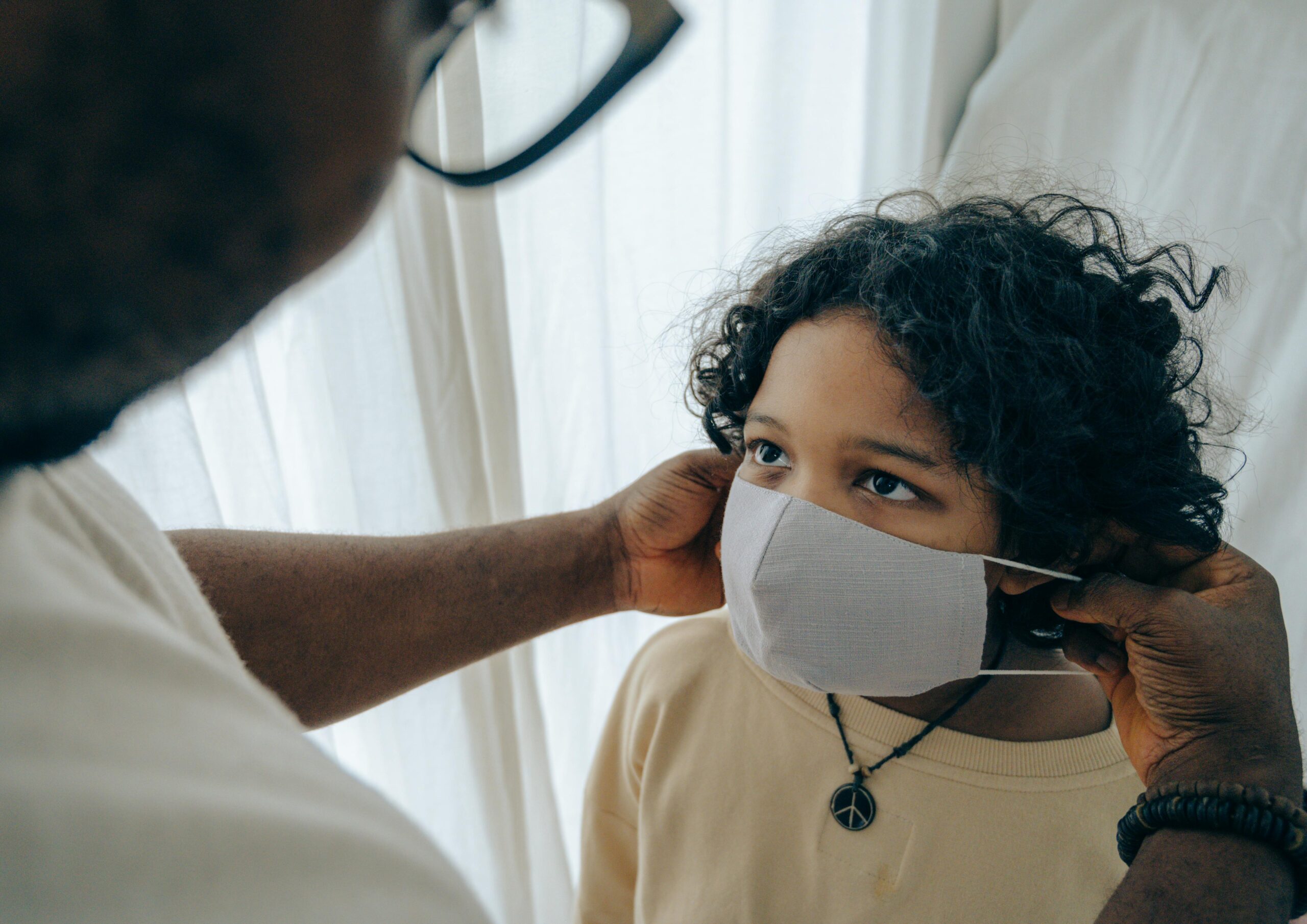How Do We Work Towards Our Schools Being Inclusive Places to Be?
10 June 2025

Inclusion isn’t just a buzzword. It’s a vital part of any thriving community, school based or not. When we talk about inclusive schools, we’re talking about places where every child feels safe, respected and supported. It’s not just about ramps and accessible toilets – although they matter of course. It’s about our culture. It’s about reflecting on how we work to make sure every student feels like they belong, whatever their background, ability, identity or life experience.
So, how do we actually do that in our schools? Here are some practical ideas rooted in the latest guidance and good practice.
Understanding What Inclusion Really Means
At its heart, inclusion is about belonging. It means every child can take part in all parts of school life – in lessons, on the playground, during trips and clubs. It means recognising each pupil’s strengths, meeting their needs, and removing barriers that could get in their way. It also means we consider the broader experience a school offers and how that really makes children feel.
Inclusive schools actively work to notice and challenge inequalities. They support wellbeing, celebrate difference, and create environments where all children can thrive.
1. We Start with an Inclusive Mindset
Inclusion begins with the way we think. School leaders, teachers, teaching assistants, midday staff – everyone – plays a part in building an inclusive culture. Ongoing professional development is key here. Training on topics like anti-racist practice and support, neurodiversity, trauma-informed practice and cultural responsiveness helps build confidence and competence across the team.
The DfE’s (2023) ‘Inclusive Teaching and the SEND Code of Practice’ encourages a whole-school approach, promoting high expectations for all learners and a focus on quality-first teaching.
💡 How is curiosity encouraged and supported in day-to-day practice?
💡 Are we confident that everybody feels confident to be curious and share their thoughts?
2. Put Inclusive Policies into Practice
Policies are not just paperwork – they’re a statement of values. Inclusive schools have clear, visible policies that protect students from discrimination and promote equity. Think beyond legal compliance – how do your policies reflect the lived experiences of pupils and families?
For example, behaviour policies should be fair and flexible, supporting positive relationships and offering appropriate adjustments. Attendance policies should consider the needs of children with health conditions or personal experiences making attending school difficult, in line with recent DfE guidance (DfE, 2022).
💡 Could you ask 25% of your team about an inclusion related policy and be confident they could describe its purpose and where it would show up in school?
💡 Could your learning walks include exploration of certain policies in action? E.g. Where would you find relationships being nurtured? Where would you see children challenging their own school experience and sharing their views?
3. Offer a Reflective, Representative Curriculum
An inclusive curriculum reflects the real world. That means making space for diverse authors, multiple historical perspectives, and different ways of knowing and being.
The Oak National Academy (2024) and many MATs are now working to ensure that curriculum resources reflect the diversity of modern Britain. Inclusive learning also means valuing different strengths – not just academic ones. Creative subjects, physical education, life skills and outdoor learning should all have their place.
💡 Are there children in your provision who may be left wondering why their experiences or their heritage aren’t shared in the same ways others are?
💡 Are diverse experiences shared with a balanced view or do other cultures only appear in reference to more ‘negative’ historical experiences?
4. Make the Environment Work for Everyone
Physical accessibility matters – from lifts and ramps to quiet spaces and sensory-friendly classrooms. But inclusion is also about the social environment.
Schools might use tools like the Index for Inclusion (Booth & Ainscow, updated 2021) to reflect on how welcoming and safe their settings feel. Simple strategies like clear visual timetables, positive signage, and peer buddy systems can go a long way.
💡 Are your self-directed calm or safe spaces also the spaces where dysregulated children are taken to ‘sort themselves out’? If so, how safe do you think those spaces still feel?
💡 Do we take feedback from our children, especially the children with lived experience, on how they feel the environment supports them? Positive intentions don’t always equate to positive experiences.
5. Support and Celebrate Staff
Inclusive schools support their staff too. That might include coaching, supervision, or protected time for planning and preparation. Staff wellbeing is a foundation for pupil wellbeing. Professional learning communities, mentoring and co-planning time all help staff feel confident in adapting teaching for diverse learners.
💡 How do we reflect on honest staff feedback? Do we have a process to collect and reflect on staff views?
💡 Systems of support that exist for children, families and community partners should really exist for staff. When they don’t, inclusion feels tokenistic rather than culture deep.
6. Work in Partnership with Families
Parents and carers are key partners in inclusion. Communication should be honest, regular and two-way. Ask families what helps their children thrive – and listen. Translating information, hosting parent coffee mornings or family learning sessions, and involving parents in school improvement planning are all ways to build trust and mutual respect.
💡How often do families hear news from school that is positive? When parents and carers only hear from us when things go wrong, it’s no wonder that some school/family relationships remain on rocky grounds.
💡Is a parent governor enough? Could we do more to develop transparent relationships with our community of families?
7. Name and Challenge Bias
We all carry bias. In schools, unchecked bias can impact everything from setting decisions to curriculum choices. Regular training on anti-racism, unconscious bias and inclusive language can help staff reflect on practice.
Inclusive schools create space for courageous conversations. Pupil voice matters here too – what do your students notice, experience or want to change?
💡How regularly, if at all, do we consult our community of young people to seek their views and feelings about their own school experience?
💡Are staff aware of the process or mechanisms that exist to raise concerns or share feedback on unchecked bias within your provision?
8. Build in Support, Not Bolt-Ons
Support services should be part of the fabric of school life – not something a child has to ‘qualify’ for. That includes in-class support, access to counselling or mental health support, and clear pathways for children with additional needs. Early identification, regular reviews, and open communication are essential here. Schools should be embedding inclusive pedagogies as the first response, not the last resort.
💡 How many support systems could be woven into our daily routines? Embedding support as an ongoing, possibly even preventative, support measure. For example, movement breaks for everyone and not just children with highlighted sensory needs.
💡
9. Celebrate Differences, Every Day
Diversity should be visible and valued. Whether through displays, assemblies, books, or celebration days, inclusive schools make sure that all children see themselves reflected in school life.
But celebration isn’t just an annual event – it’s an everyday mindset. It’s saying “you matter here” in a hundred small ways.
💡 What do we mean by celebration? What does celebration look like for individuals within your school community?
💡 What would our learning spaces sound and feel like if we spent more time noticing all the moments of progress and positivity instead of homing in and trying to correct the moments that don’t run as expected?
10. Keep Learning, Keep Listening
Inclusion isn’t a fixed point – it’s a journey. Collect feedback. Run staff, child and family surveys. Hold listening circles. Not only does listening help us collate useful and actionable information, it also helps to reinforce a culture of reflection and relationships. It’s important that we’re listening to understand and not just listening to respond and know what to say or do, next.
Progress is possible. Mistakes will happen. The key is to keep coming back to your values and your vision – and to keep walking forward together.
💡 When and where can we be curious about the experiences of children in our school? Morning briefing? SLT? Learning Walks?
💡 Are we confident that our thoughts around the children’s experience of our school are grounded in evidence and student voice and not just our own good intentions masquerading as fact.
Final Thoughts & Reflection
Inclusive schools don’t just welcome everyone, they work for everyone. They listen, adapt and grow. They believe every child brings something valuable to the community.
Inclusion isn’t extra – it’s essential. And when we get it right, we don’t just change outcomes. We change lives. While the very small thoughts in this article are just a starting point, we take the first step towards building more inclusive experiences by admitting that we’re starting a reflective journey that will never really end and it’s that reflective culture that will help us to move forwards.
References
- Department for Education (2022). Working together to improve school attendance.
- Department for Education (2023). Special Educational Needs and Disability (SEND) and Alternative Provision Improvement Plan.
- Whole School SEND (2023). SEND Review Guide and Framework.
- Booth, T., & Ainscow, M. (2021). Index for Inclusion: Developing Learning and Participation in Schools.
- Oak National Academy (2024). Curriculum development and inclusion guidance.

THE TIME FOR KINDNESS
AND CONNECTION IS NOW
We know just how busy you are. We’d love to chat to you about how these courses work and the impact they will have on your school. You may also be unsure about what level of training your school may need – let’s talk!
We’ll get to know you, your school and the needs of your children, staff and community to deliver a bespoke and unique session.
What the Pandemic Revealed About Education
What is a Relational Approach?
Catch up on news!
Things move quickly. Here you’ll find our thoughts, ideas, research and musings on industry developments and the world of kindness and connection. Take a read..



